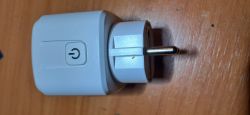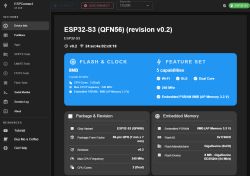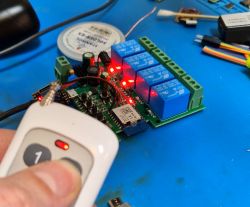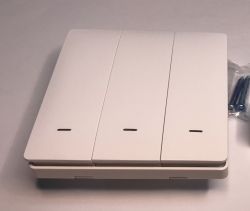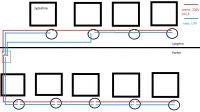Hello.
I am trying to connect a roller shutter automation . I have 10 windows to which the 230V power supply has been supplied by a 3*1.5 mm2 cable and a UTP twisted pair. The UTP cable is led to the RG and sorted as follows: From RG 1 UTP cable to 1 window and then crossover to 2 and 3. The other windows are connected in the same way. to sum up, I have 3 UTP cables in the RG - one for the ground floor and two for the ground floor. I do not have a central switch. The idea is to have a central locking button. The house is completely finished and I cannot run a new installation. I am considering radio control or using the UTP installation so laid. Please sugustions as to the use of an opening system
I am trying to connect a roller shutter automation . I have 10 windows to which the 230V power supply has been supplied by a 3*1.5 mm2 cable and a UTP twisted pair. The UTP cable is led to the RG and sorted as follows: From RG 1 UTP cable to 1 window and then crossover to 2 and 3. The other windows are connected in the same way. to sum up, I have 3 UTP cables in the RG - one for the ground floor and two for the ground floor. I do not have a central switch. The idea is to have a central locking button. The house is completely finished and I cannot run a new installation. I am considering radio control or using the UTP installation so laid. Please sugustions as to the use of an opening system



